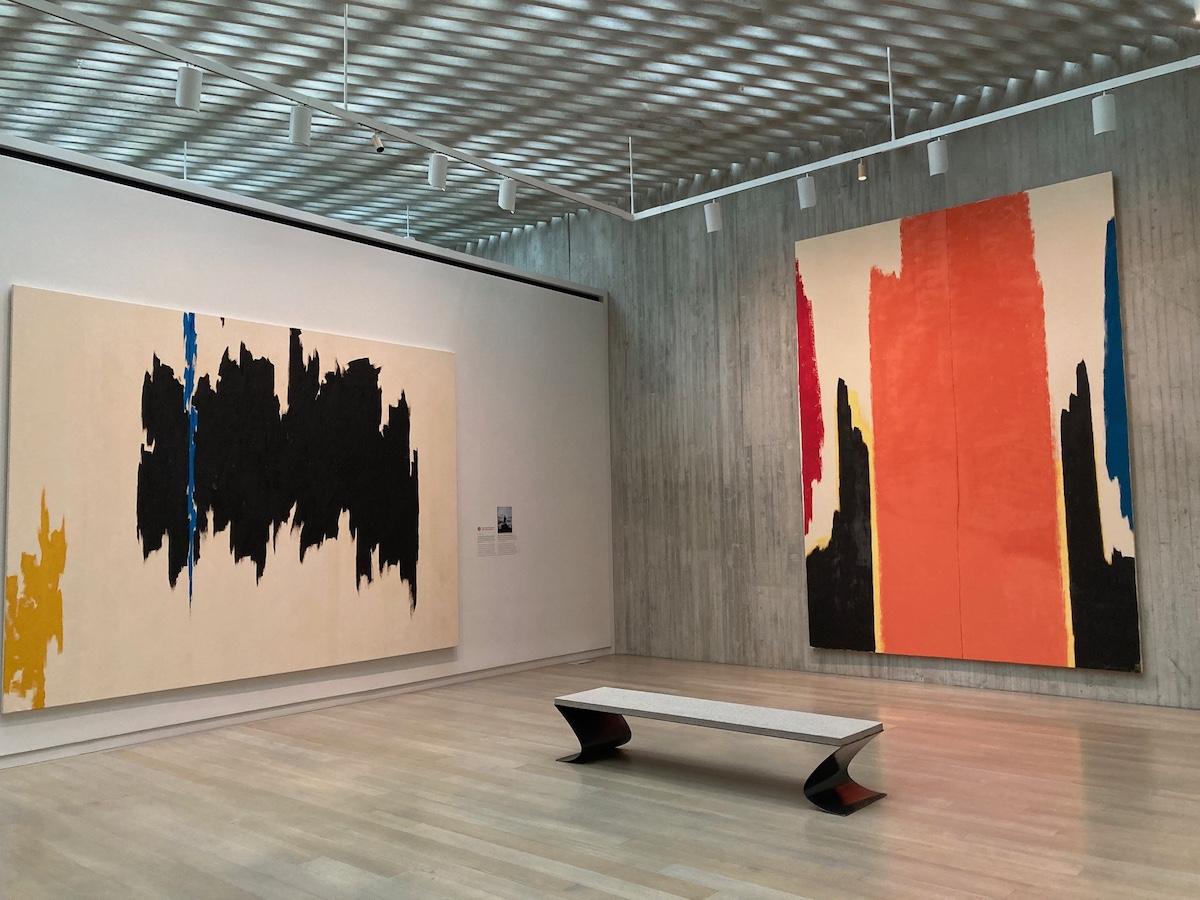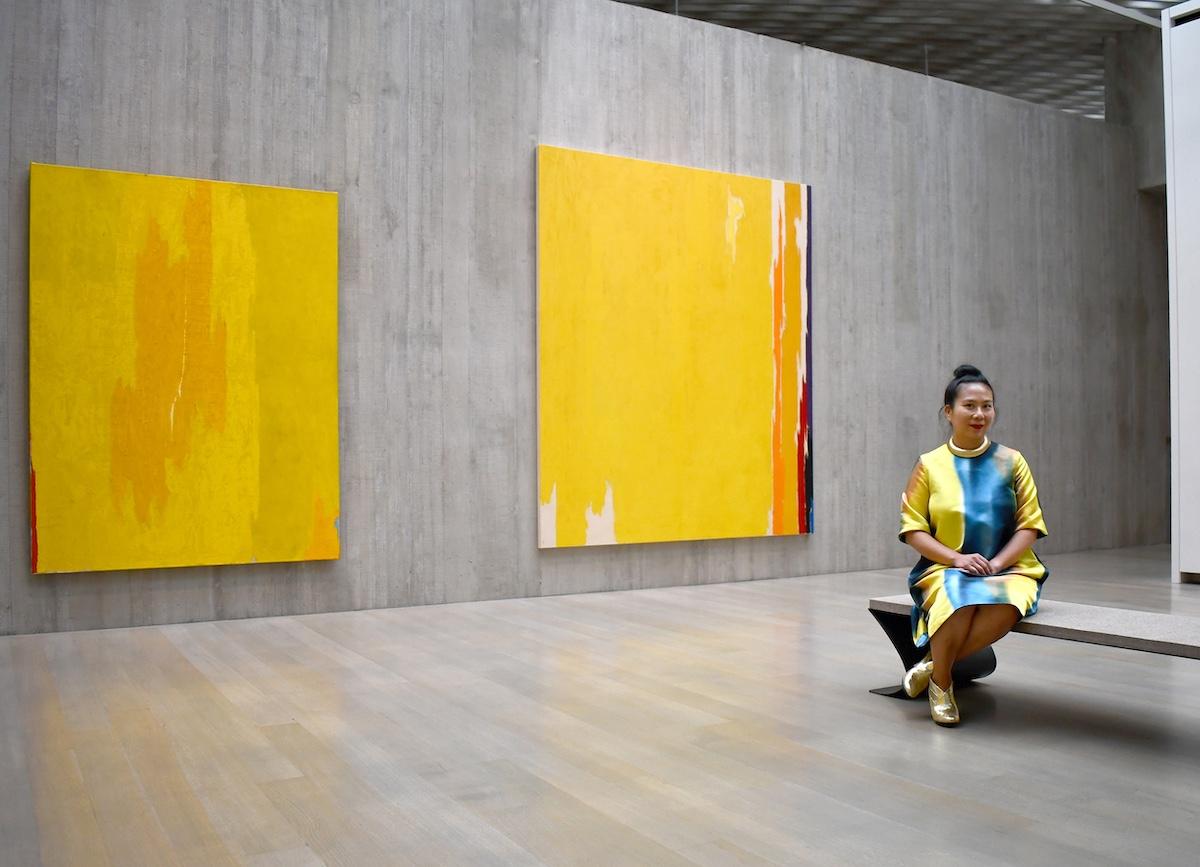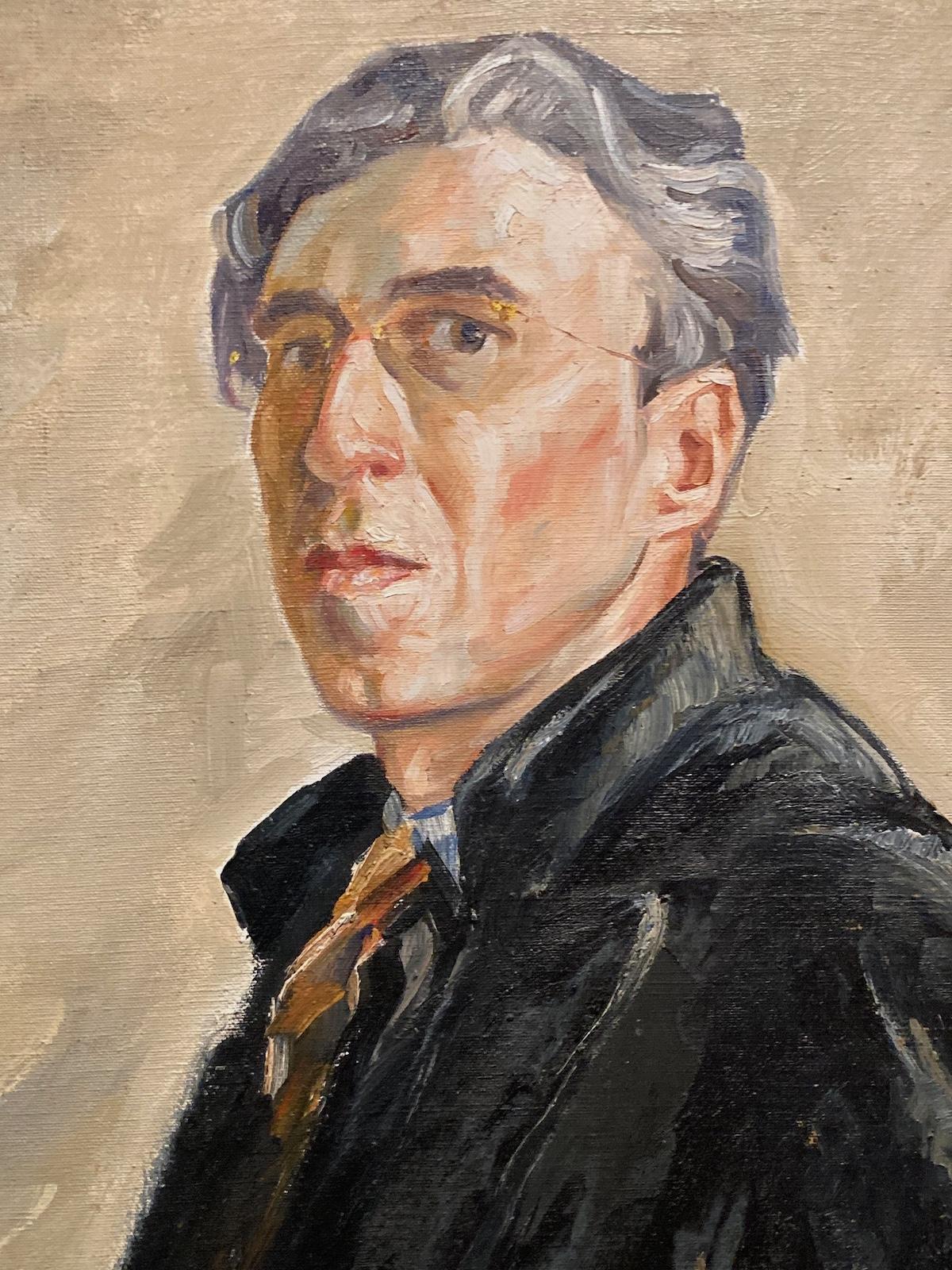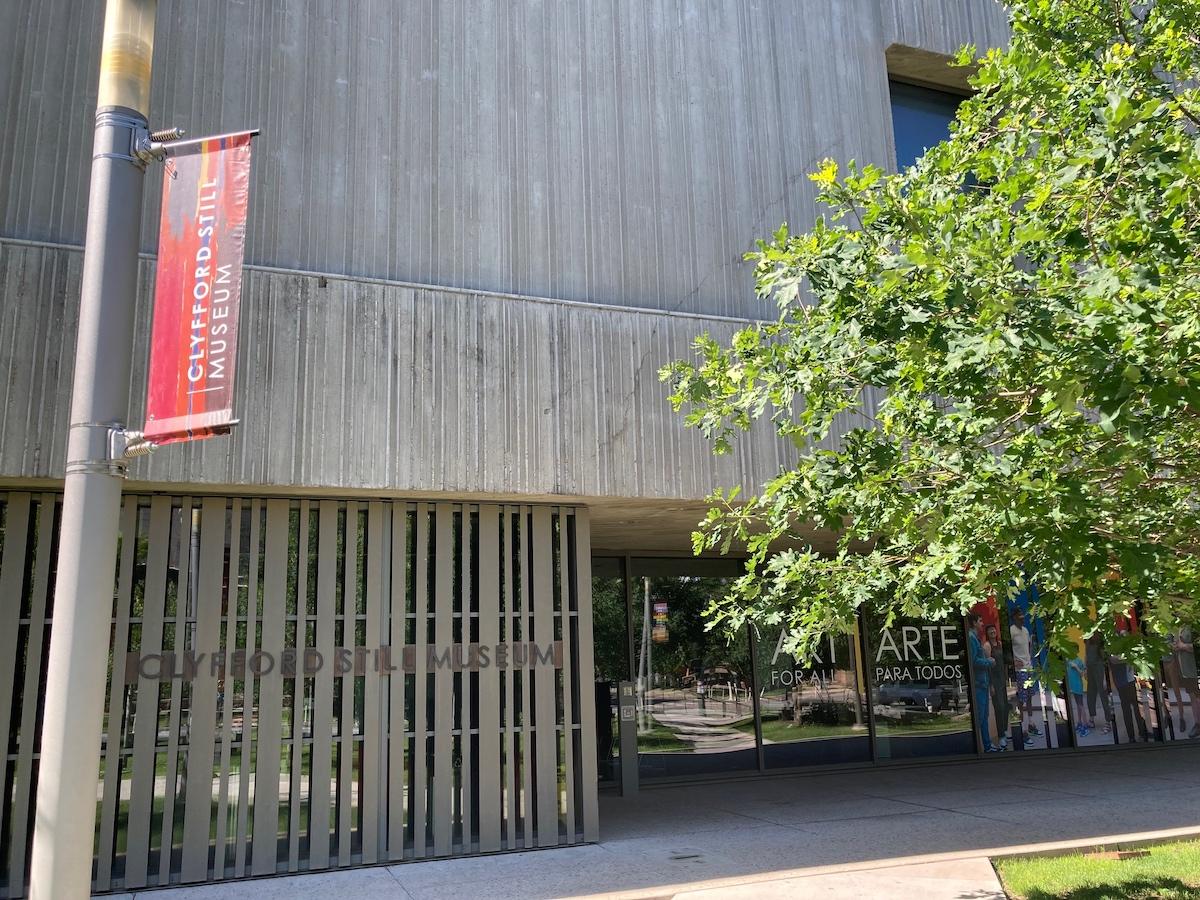An art establishment dissident, Still possessed the courage of his convictions. “The artist felt strongly that artwork could not be taken simply as a commodity of the art market,” Tsai said. “He really did believe his work could help shape our sense of where we are and who we are and our place in the world. He was an incredibly ambitious, very disciplined artist with an unparalleled sense of integrity.”
Tsai emphasized that Still benefited from prominent figures in the art world, such as Peggy Guggenheim. “He had people committed to his vision from the very beginning,” Tsai said. “Still is a man whose art is significant to us because so many individuals were bathing his work in the light of shared admiration.”
The admiration continues at the Clyfford Still Museum, built according to the artist’s wishes to bequeath his oeuvre and personal effects — including his typewriter and his baseball mitt — to an unnamed American city that would build a museum to exhibit, study and conserve his artworks.
































